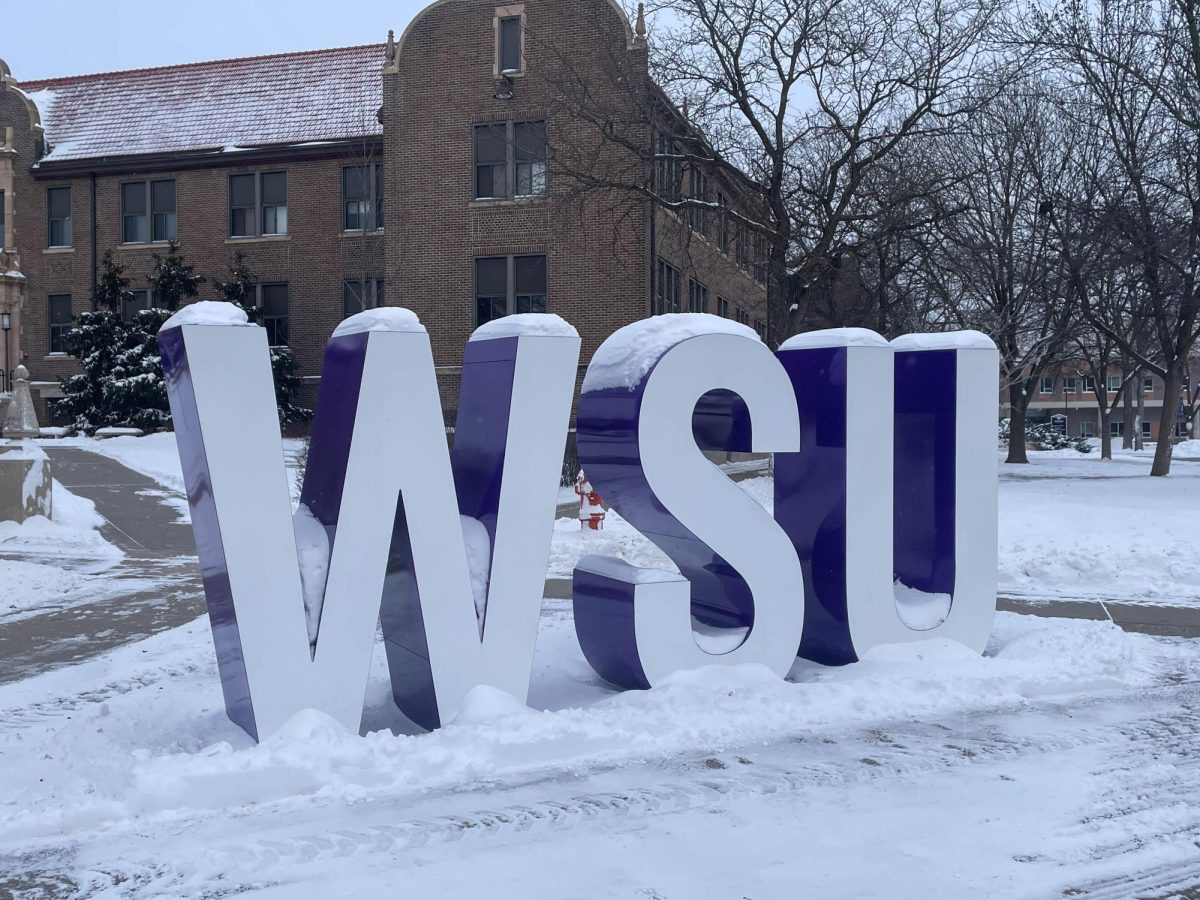When students start to enroll for colleges one of their main concerns is the cost of tuition. To help this concern, most higher-level education institutions focus on government grants to offer to students in form of a scholarship. But how does a university get funded? Becca Harmon, a freshmen at WSU has guessed correctly when she says
“I think WSU gets a lot of funding from tuition and the government.”
On the most basic level, universities get funding through three ways. Money from student tuition, government funding for higher education, and donations (mostly from alumni). Tuition being a notable source of funding, the average in-state tuition is $10,492. While it hasn’t always been this high of a number, most tuitions are set at a similar scale to make up for reductions in government funding for universities and inflation.
Donations from alumni is something WSU prides itself on and is always seeking ways to expand. The University notes that the “WSU Foundation is the number one source of external support for the University.” Every year, the university creates a video to show support and appreciation to their donors. They also highlight WSU itself and what a donation will allow the university to do.
Another notable source of funding is through governments grants to support students and through education appropriations (a law from Congress that allows for an appropriate allocation of funding to be given to higher-level education institutions from the federal government).
Starting this coming fall, the Minnesota State Promise has created the North Star Promise Scholarship program. On Minnesota State’s website (minnstate.edu) they describe this scholarship as “a pathway to free tuition and fees”. This scholarship is for Minnesota residents attending any of the 26 colleges, 7 universities, or Tribal Colleges in Minnesota. One of the most notable requirements for eligibly is to “have a family Adjusted Gross Income (AGI) as reported on the Free Application for Federal Student Aid (FAFSA) or Minnesota Dream Act Application below $80,000.” According to Minnstate.edu.
Funded by an investment of an additional $650 million in higher education over the next two years allocated from Minnesota’s budget from Governor Walz and Lt. Governor Flanagan, the state is allowed to create this special type of scholarship.
According to the Office of Higher Education website they note that “Nationally, and in Minnesota, funding on a per student basis has declined since 1999 as a result of both state funding cuts and rising enrollment.”
Public schools like WSU depend on funding from the federal government. Government funding for higher education is used to support the universities like WSU to maintain and operate the college. This funding is used in many different ways. Highlighted in WSU’s general fund budget for the fiscal year (July 1st to June 30th), the money obtained by the university is split in hundreds of ways. For example, the university budgets for a multitude of things like athletics, maintenance, as well as all the different colleges within the university and their programs.
“The government should provide more funding for universities in order to provide more financial relief for students,” Harmon said. “I see the funding reduction as a mistake. The rise of tuition and minimum wage not increasing just sets students back financially after they graduate. We prioritize education but do not help most people pay for one.”































































